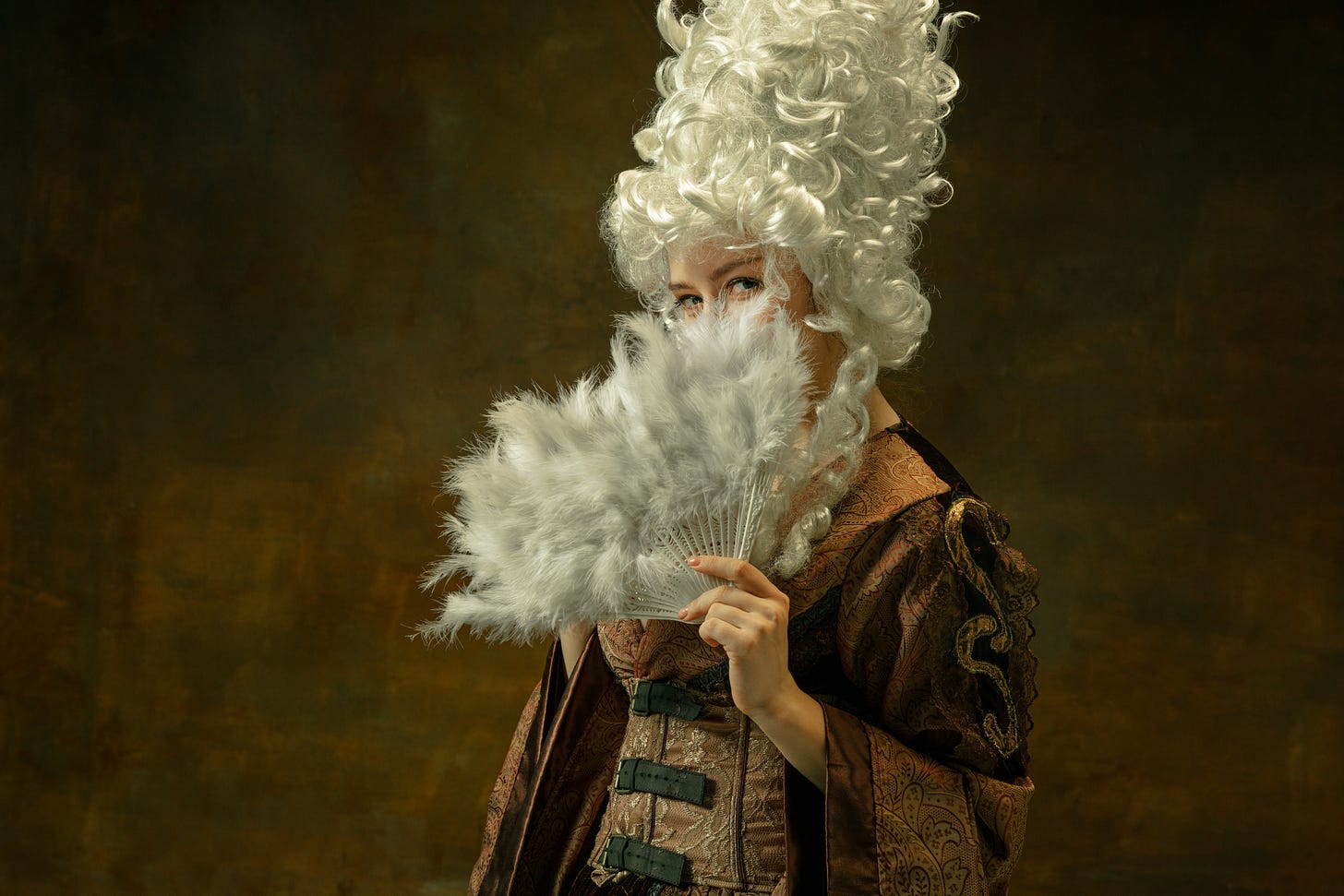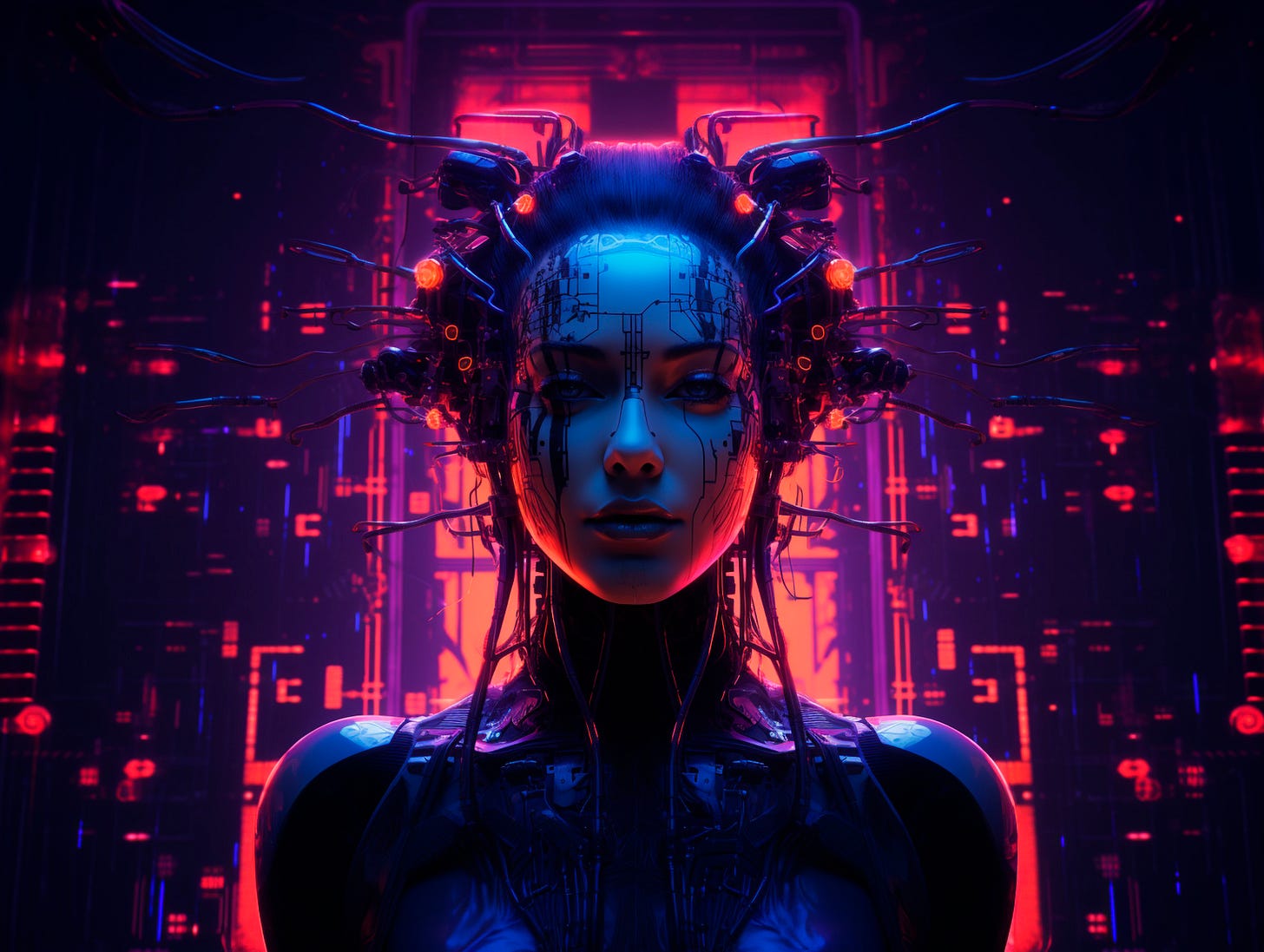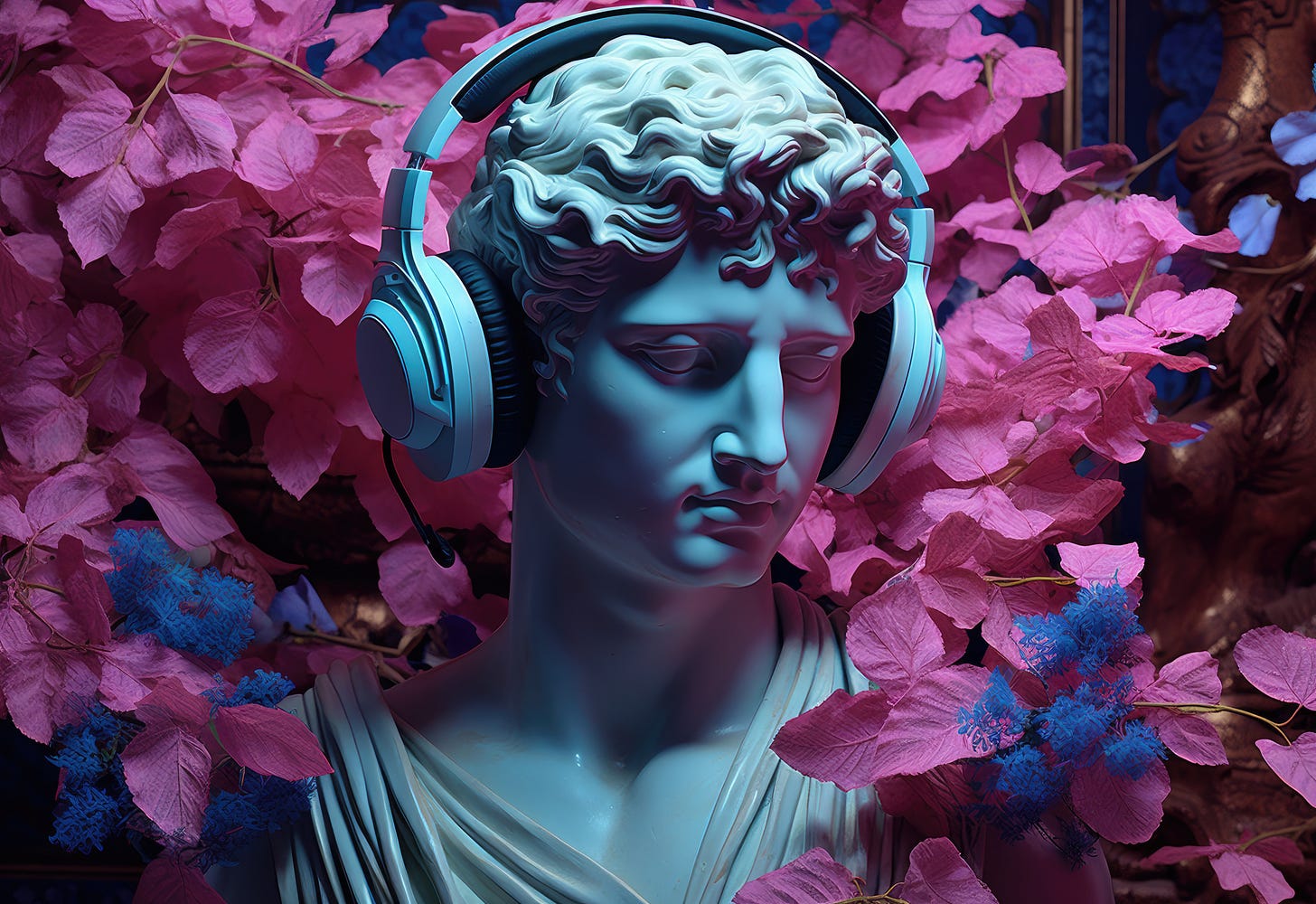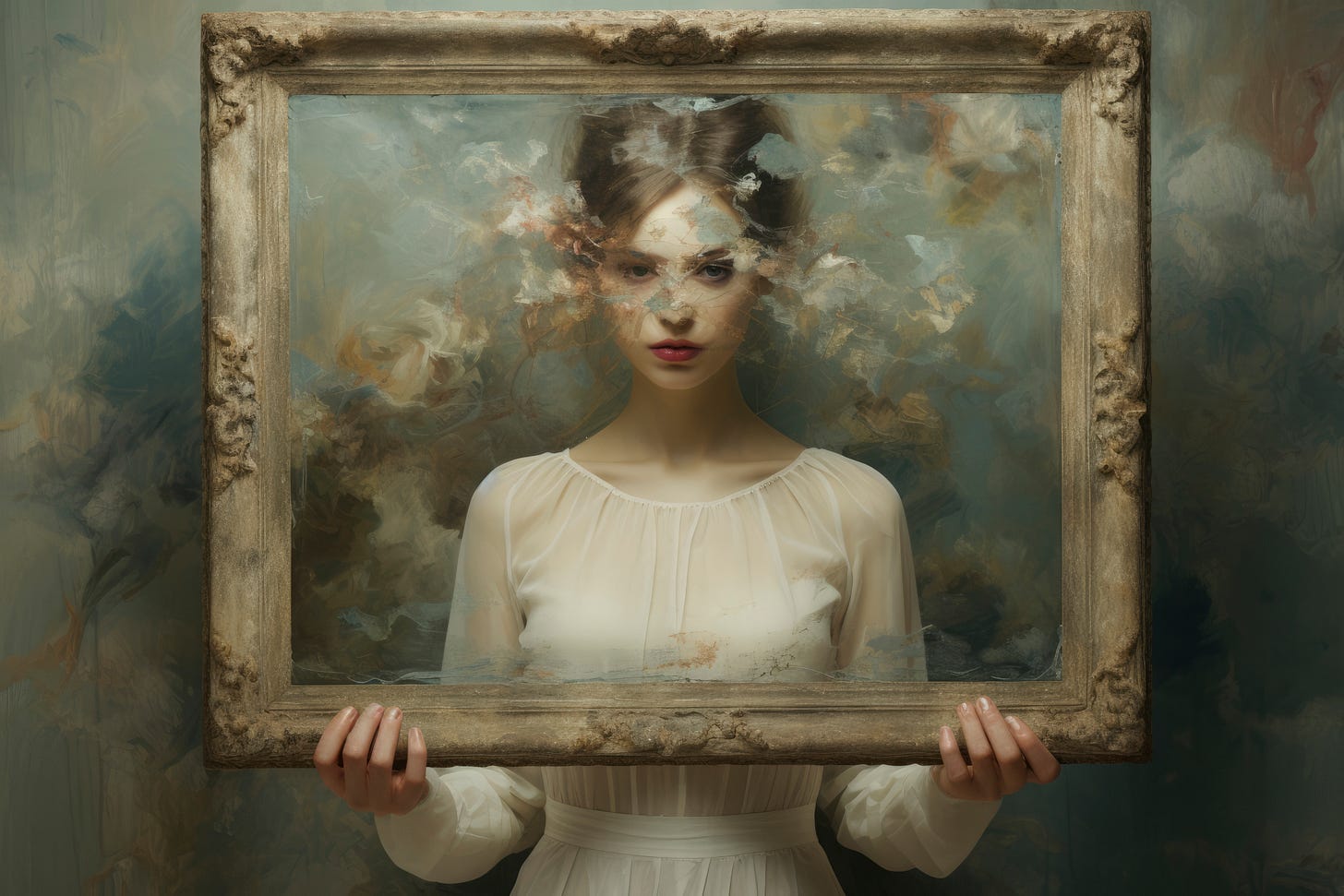Artificial intelligence (AI) is accelerating a seismic shift in digital creativity, blowing past boundaries and reshaping what we thought we knew about art. With tools like MidJourney, DALL-E, and RunwayML, creativity is no longer reserved for trained artists—it’s accessible to anyone willing to experiment. For the crypto crowd, this intersection of blockchain and AI is a game-changer, adding a new layer of innovation to the already disruptive NFT space. But with great innovation comes great responsibility—and a host of thorny ethical debates.
Here’s the big one: Who owns AI-generated art? More importantly, is the concept of originality itself under threat? These questions dig into AI art ethics, the future of NFT ownership, and what it means to be a creator in this brave new world.
How AI is Disrupting Digital Art and NFTs
AI-generated art is not just a cool experiment—it’s a paradigm shift. And like all great shifts, it’s shaking things up, blending human creativity and machine precision. To better understand the impact, it’s helpful to break AI art into three levels of collaboration:
Fully Automated AI Art
Created by algorithms with zero human tweaking. Think of an AI model spitting out visuals based solely on prompts like “cyberpunk city at dawn.”
AI-Assisted Art
A powerful partnership where artists guide and refine AI-generated outputs, adding their own flair to balance machine efficiency with personal creativity.
Human-Enhanced AI Art
AI might generate the base layer, but human hands dominate, morphing it into something deeply original.
For NFT creators and collectors, understanding these distinctions isn’t just a fun exercise—it’s crucial for deciding what carries value. Is it the raw algorithm at work, or the human vision layered on top?
The Originality Crisis in AI-Generated NFTs
NFTs have always thrived on scarcity, uniqueness, and storytelling. But what happens when “originality” gets a little… fuzzy? AI disrupts this foundation in unexpected ways:
Training Data Questions:
Did the AI model scrape art that already exists—without permission—to learn how to create? If so, can anything it generates truly be called original?Who Gets Credit?
When an AI’s output grabs headlines or earns six figures at auction, who takes the bow? The coder? The AI user? Or is it just shared credit, split among algorithms and humans?Intent and Emotion:
One of the pillars of artistic value is emotion—what the artist felt, conveyed, and inspired through their work. But AI doesn’t feel. Can collectors really see value in art that’s essentially the product of statistical models and training data?
These aren’t just high-level thought experiments—they’re calls to action for creators, collectors, and platforms to rethink the role of creativity in crypto art.
AI Copyright and Ownership Issues in an NFT World
The ambiguous legal status of AI-generated creations is a ticking time bomb. Here’s what the crypto world is navigating now:
Copyright Gray Zones:
Current laws don’t provide clear ownership for works created without direct human input. If you ask an AI to generate a masterpiece, does the ownership belong to you, the company behind the AI, or neither?Uncompensated Artists:
The AI tools you love may have learned their craft by pulling data from works created by human artists—potentially without their consent. Should these creators share credit (or royalties) for contributing to the AI’s ability?NFT Royalties Confusion:
NFTs enable proof of purchase, but not necessarily proof of authorship. Who collects future royalties when ownership and authorship are murky? Without legal clarity, these gaps might snowball as AI art dominates NFT markets.
Crypto enthusiasts thrive on decentralization, but this particular issue demands new approaches. Bold solutions are needed to prevent artistic exploitation without stifling innovation.
AI's Impact on Crypto Artists
Traditional creators in the NFT space are feeling the heat. Here’s where AI is causing ripples—and what it means for this community:
Marketplace Overload
AI doesn’t get tired, meaning it can churn out artwork by the thousands. The sheer volume is crowding NFT marketplaces, leaving human creators grappling for visibility in an ocean of algorithmically generated content.
Style Reproduction
Some AI tools mimic the styles of real artists with unnerving accuracy, raising concerns about devaluation and the ethics of copying. Imagine building a brand for years, only for an AI to replicate it in seconds.
The Call for Transparency
More creators are asking tough questions about AI’s black-box design. If artists’ works were used in training datasets, many believe they deserve credit—or at least compensation.
The Path to Ethical AI in NFTs
Here’s the good news—the crypto and AI communities are already taking steps forward. Here’s how we can balance progress with fairness in the intersection of NFTs and AI-generated art:
Training Data Transparency
Platforms need to open the books on their AI training models. A clear, public record of how datasets were obtained can build trust and weed out shady practices.
Royalties and Attribution
Blockchain-based smart contracts provide a golden opportunity here. Artists whose works shape AI models could receive micropayments each time AI produces derived works. This aligns with the decentralization ideals at the heart of crypto.
AI-Specific Copyright Legislation
It’s time for policymakers and decentralized communities to sit at the same table. New copyright models should reflect the realities of an era where human and AI creativity coexist.
This is where the crypto space thrives—by finding solutions where traditional systems fall short.
The Bold Future of AI and NFTs
The tension between AI and creativity isn’t a battle; it’s an evolution. For artists, AI isn’t a competitor—it’s a collaborator. It can streamline workflows, spark new ideas, and push projects further than we thought possible.
We’ll likely see hybrid creations flourish—part AI, part human—blurring the lines between the two. The buzzword for the future? Phygital works—a mix of physical and digital art. Meanwhile, NFT marketplaces that prioritize ethical transparency will carve out new paths in how art and tech overlap.
This isn’t science fiction. It’s happening now.
Join the Debate—Shape the Future
Where does AI-generated art fit in the NFT space? That’s not for any one person—or algorithm—to decide. It’s a conversation for all of us, the creators, collectors, and coders pushing this frontier forward.
Are you ready to be part of the change? Jump into the comments below to share your insights, debates, and ideas. Together, we’ll create a future where tech and artistry not only coexist but thrive.
This is a revolution—and you're part of it. What’s your move?











